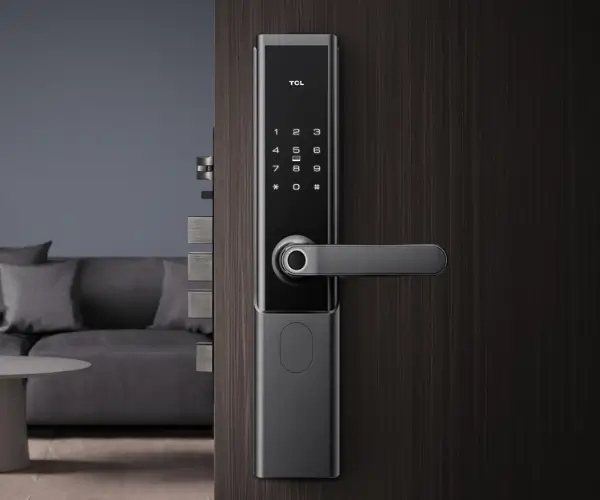Imagine a motor that offers nothing but smooth, endless rotation—no stops, no limitations, just continuous motion around a full circle. This isn’t science fiction; it’s the remarkable reality of the 360-degree servo motor. These specialized devices are transforming how machines move, manipulate objects, and interact with their environment. Whether in robotics, industrial automation, or even artistic installations, the capacity for full, precise rotation opens doors to innovative designs and smarter systems.

Traditional servo motors, a cornerstone of robotics and automation, excel at controlling precise angles—think of robotic arms moving to specific positions or drones adjusting their flight surfaces. But they often have a built-in limitation: they are designed to rotate only within a certain range, typically up to 180 or 270 degrees. Beyond that, they require complex gear systems or additional components to achieve extended or continuous movement. Enter the 360-degree servo motor—a game changer that embodies seamless, uninterrupted rotation in a compact, reliable form.
What sets these motors apart? To understand, we need to delve into the core of how they function. Standard servo motors operate with feedback systems—usually potentiometers—that help the system know the current position. They adjust their rotation accordingly to reach a target angle. However, when the rotation exceeds their physical limit, the feedback loop can get confused, and the motor may stall or behave unpredictably. In contrast, 360-degree servo motors are designed to handle continuous rotation by incorporating specialized electronics and feedback mechanisms that distinguish between position control and velocity control modes, effectively enabling endless rotation without losing track.
These motors leverage a combination of precision encoders, advanced control algorithms, and specialized electronics that can distinguish between rotational position and rotational velocity. This allows them to operate in a continuous rotation mode while maintaining the ability to control speed, torque, and position when needed. It’s an elegant blend of hardware and software that makes the 360-degree servo motor a versatile actuator in numerous applications.
Another key feature of these motors is their ability to provide smooth and controllable rotation. Many models incorporate high-resolution encoders, which translate physical rotation into electronic signals with incredible detail—up to thousands of counts per revolution. This high resolution facilitates fine motion control, making them suitable for tasks that require delicate handling or precise synchronization.
But what about control mechanisms? How do engineers and designers harness the potential of these motors? Typically, they’re integrated with sophisticated controllers capable of interpreting signals and adjusting power delivery on the fly. The controllers ensure the motor maintains the desired speed or position, even under varying load conditions. The result? A highly responsive, accurate, and reliable motion system capable of operating continuously in both industrial environments and high-tech research settings.
The versatility of 360-degree servo motors makes them particularly attractive in robotics. Think of robotic arms that need to rotate endlessly while performing complex tasks—assembling, painting, or even performing delicate surgical procedures. In automation, conveyor systems, or rotating platforms, continuous rotation provides greater flexibility and dynamic performance than traditional limited-range servos.
One must also consider the advantages these motors offer over other rotary devices. For example, slip rings and rotary joints can enable continuous rotation, but they often involve mechanical wear and maintenance issues. Magnetic or electromagnetic couplings can achieve similar goals but may lack the precision or responsiveness of a properly controlled servo system. 360-degree servo motors, especially brushless variants, deliver frictionless, maintenance-free rotation, and their high precision sets them apart in demanding applications.
In essence, the evolution of the 360-degree servo motor symbolizes a shift toward more adaptable, efficient, and intelligent motion systems. They are the backbone of modern automation, where space constraints, speed, precision, and durability must coexist seamlessly. By enabling unrestricted rotation with pinpoint accuracy, these motors unlock new possibilities—from robotic art installations that rotate endlessly in mesmerizing patterns, to space exploration mechanisms that require flawless, continuous movement in the vacuum of space.
As we look to the future, the development of smarter control algorithms, more durable materials, and miniaturized electronics will push these motors even further, making them more accessible and powerful than ever before. Whether in emerging fields like collaborative robotics, autonomous vehicles, or high-precision manufacturing, 360-degree servo motors are poised to be at the forefront of technological innovation.
In our next segment, we'll explore specific examples of applications that leverage this technology, delve into the technical specifications that set high-performance models apart, and discuss the challenges and opportunities that lie ahead for engineers and designers working with these dynamic actuators.
Kpower has delivered professional drive system solutions to over 500 enterprise clients globally with products covering various fields such as Smart Home Systems, Automatic Electronics, Robotics, Precision Agriculture, Drones, and Industrial Automation.




































